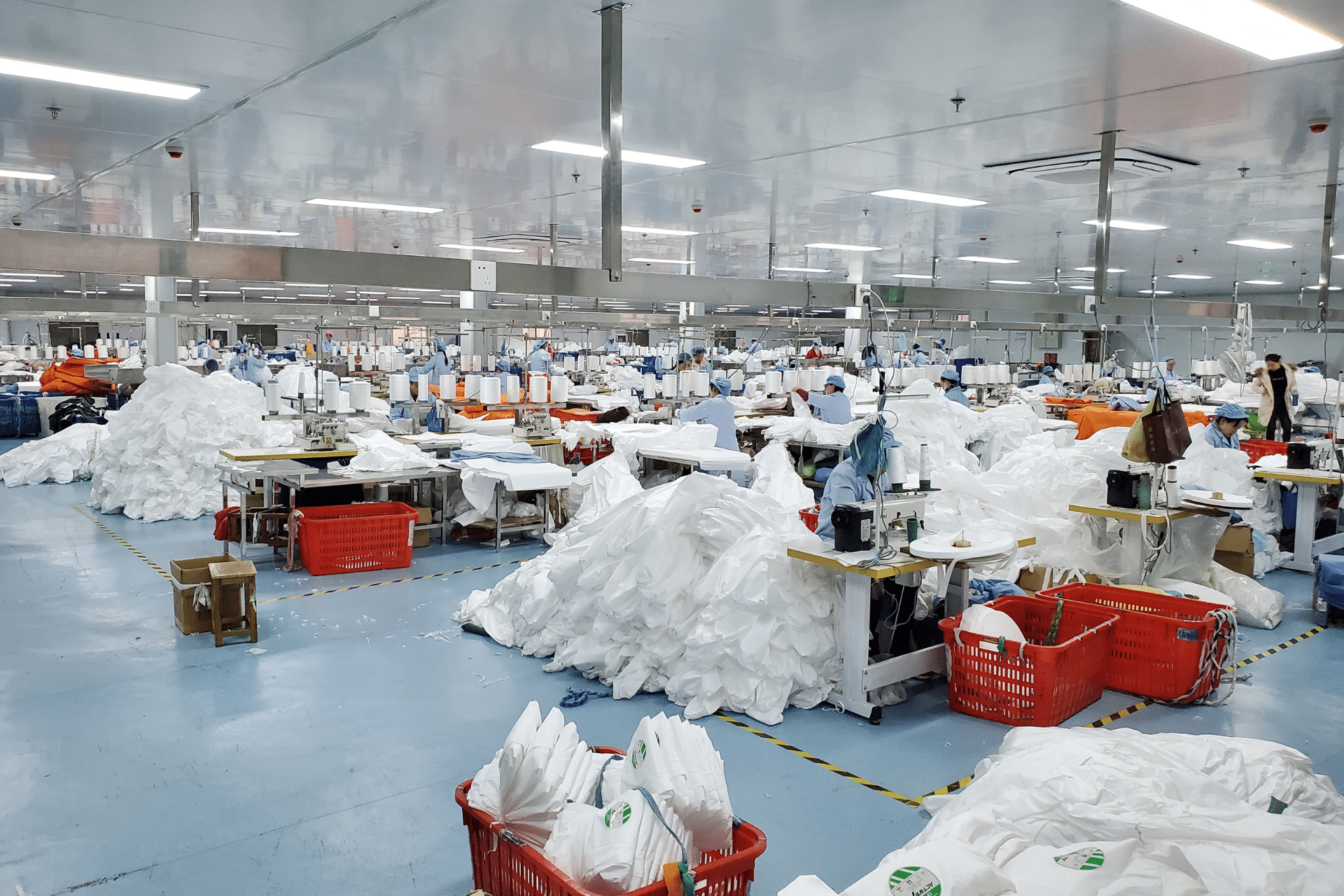Introduction
The modern commuter’s needs are evolving, with convenience and functionality at the forefront of demand. As we navigate through the challenges of urban life, the importance of innovative solutions to keep us dry and comfortable during our daily travels cannot be overstated. Enter the hooded disposable raincoat: a marvel of modern design that combines the practicality needed for the daily grind with the efficiency required for our fast-paced world.

The Evolution of fashion raincoat with hood
Gone are the days of bulky, unattractive raincoats that merely served the purpose of keeping the rain at bay. Today’s rain jackets are a testament to the advancements in fabric technology and design ingenuity. Traditional rainwear has been transformed into stylish, functional garments that cater to the needs of the modern commuter. With the introduction of hooded disposable raincoats, convenience has been taken to a whole new level, offering a perfect blend of protection, comfort, and ease of use.

The Importance of Fabric and Material in Long Rain jacket
At the heart of any high-quality raincoat lies the fabric and material from which it is made. The development of waterproof yet breathable fabrics has revolutionized the rainwear industry, allowing for garments that keep you dry from the rain without feeling clammy or trapped. Sustainability in materials is also a growing concern, with more manufacturers turning to eco-friendly options to minimize environmental impact.

Designing for Comfort: Coat Length and Size
Comfort in rainwear is not just about staying dry; it’s also about how the garment fits and protects the body. Coat length plays a crucial role in this, with longer designs offering more protection while shorter ones provide ease of movement. Offering a range of sizes ensures that everyone, regardless of body type, can find a light weight raincoat that fits well and feels comfortable.

Features That Define High-Quality Rain Jackets
A top-tier rain jacket is much more than its waterproof capability; it’s a symphony of features working together to provide the ultimate protection and comfort. Hoods are pivotal, designed to shield the face without limiting visibility, often with adjustable drawstrings to ensure a snug fit against the wind and rain. Pockets are another essential element, not just for carrying essentials but for keeping hands warm and dry. The best rain jackets offer cleverly placed, waterproof pockets with secure fastenings. Adjustable cuffs, underarm vents for breathability, and taped seams to prevent water ingress are other features that elevate a rain jacket from good to great.

The Convenience of Disposable Raincoats for Commuters
In a world where convenience is king, disposable raincoats stand out for their practicality. Designed for one-time use, different colors, they offer a straightforward solution for commuters caught in unexpected downpours. These raincoats are typically lightweight, compact, and can be easily stored in a bag or pocket, ready to be used when needed. While the idea of disposable wear raises environmental concerns, manufacturers are increasingly exploring biodegradable and recyclable materials to mitigate the ecological impact, striving to balance convenience with sustainability.

Trends in the Market: What Modern Commuters Look For
Today’s commuters demand more than just functionality from their rainwear; they seek style, versatility, and innovation. Stylish designs that transition seamlessly from the bustling city streets to professional environments are highly sought after. Commuters are also on the lookout for lightweight and compact raincoats that can easily be packed away when not in use. The rise of smart textiles has led to rainwear that can adapt to various weather conditions, offering more than just waterproofing but also features like UV protection and temperature regulation.

Challenges in Manufacturing and Distribution
Manufacturing and distributing hooded disposable raincoats come with its set of challenges. Manufacturing these items requires a delicate balance between cost-effectiveness and environmental responsibility. The use of sustainable materials often comes at a higher price, but it’s a necessary investment to meet the growing demand for eco-friendly products. On the distribution front, ensuring that these raincoats are readily available where and when they’re needed, without contributing to waste, requires a sophisticated logistics strategy. Companies must also navigate the complexities of global supply chains, especially in a world where disruptions have become increasingly common.

Future Innovations in Rainwear for Commuters
The future of rainwear for commuters looks promising, with several innovations on the horizon. Smart textiles are at the forefront of this revolution, with materials that can change properties based on the weather, offering enhanced protection and comfort. Additionally, the integration of wearable technology in rainwear, such as built-in heating elements or UV sensors, could offer personalized climate control and health monitoring. These advancements not only promise to improve the commuter experience but also open up new avenues for product development in the B2B sector.

The B2B Market for Hooded Disposable Raincoats
The B2B market for hooded disposable raincoats is vast, encompassing sectors such as outdoor events, travel, and hospitality. Businesses seek raincoats that can be customized with branding, made from eco-friendly materials, and offered at competitive prices. Understanding these needs is crucial for manufacturers and suppliers aiming to succeed in the B2B space. Effective marketing strategies focus on highlighting the practical benefits of disposable raincoats, such as their convenience for guests at outdoor events or as emergency rainwear in hotels and resorts.

Conclusion
As we look towards the future of commuter rainwear, the trajectory is clear: innovation, sustainability, and style will define the next generation of rain jackets. Hooded disposable raincoats represent just one aspect of this evolving market, offering a unique solution to the age-old problem of staying dry in the cold, wet, rain weather, for both men and women, for old and kids. For businesses operating in the B2B domain, understanding and anticipating the needs of modern commuters will be key to capturing and maintaining market share in this competitive industry.

FAQs
1.Are disposable raincoats environmentally friendly?
While traditional disposable raincoats have faced criticism for their environmental impact, many manufacturers are now producing eco-friendly versions made from biodegradable or recyclable materials.
2.Can disposable raincoats be customized for businesses?
Yes, many suppliers offer customization options for businesses looking to brand their raincoats for promotional events, outdoor activities, or corporate use.
3.What are the key features to look for in a high-quality disposable raincoat?
Look for features such as waterproofing, breathability, durability, and comfortable fit, even in disposable models.
4.How can businesses choose the right supplier for disposable raincoats
Businesses should consider factors such as material quality, customization options, pricing, and the supplier’s commitment to sustainability.
5.Is there a demand for high-end disposable raincoats in the market?
Yes, there is a growing niche for premium disposable raincoats that offer superior protection, comfort, and style, catering to discerning consumers and businesses alike.











